Victor Pasmore R.A. (British, 1908-1998)Relief Construction in White, Black, Brown and Maroon signed with initials and dated 'VP./1954' (verso) painted wood construction 122 x 122 cm. (48 x 48 in.) (including the artist's box frame) Constructed in 1954FootnotesProvenance With Marlborough Fine Art London, James H. Clark, Dallas, Texas With Clark Gallery, Lincoln, Massachusetts, 3 February 1982, where acquired by the family of the present owner Private Collection, U.S.A Writing in 1965 on the occasion of Pasmore's Tate retrospective Ronald Alley opens his catalogue introduction with the statement that 'the conversion of Victor Pasmore to abstract art was one of the most dramatic events in post-war British art' (exh.cat., Victor Pasmore Tate, London, 1965). Pasmore's conversion, which rather poetically coincided with the approach of the century's mid-point, was so dramatic because it was so stark. Within his output hitherto he had seemingly nailed his colours to the mast of representational painting. He was a leading figure in the Euston Road and Camberwell schools and, as such, strongly associated with a credence of high observation. By comparison his output from 1950 onwards consists almost entirely of pure abstraction, interrogating fundamental concerns of space and materiality. Whilst his work from both periods was celebrated contemporaneously and continues to be so today, any alignment between the two isn't immediately clear. However, a parallel can be found in a series of early important constructed reliefs, of which the present work is a fine example. It is important to note that whilst throughout the 1930s and 1940s Pasmore's own output was representational, he did not reject abstraction. As early as 1934 he exhibited work within the Objective Abstractions exhibition at the Zwemmer Gallery, which set to promote British abstraction. Whilst Pasmore's submissions included depictive scenes, within an interview reprinted in the exhibition catalogue he disclosed an embryonic separation between his work and depiction - 'I do not paint directly from nature; I endeavour to paint in relation to natural forms' (quoted in exh.cat., Victor Pasmore Tate, London, 1965, under cat.no.5). Following this exhibition, he produced a small number of abstractions, but dissatisfied with the results, did not exhibit the works and would later destroy them. Pasmore was also highly engaged with the work of Ben Nicholson Britain's leading abstract painter of the interwar years. He acquired one of Nicholson's famous White Reliefs, and visited him in St Ives. Pasmore began to revisit abstraction in 1947 but the catalyst for his switch from engagement to devotion – especially to the form of construction, came in early 1951. He was loaned a copy of the 1948 book Art as The Evolution of Visual Knowledge by the American artist Charles Biederman. Pasmore and Biederman, who specifically championed construction as an art form, engaged in a lively exchange of letters and by the following year Pasmore would write –'The problem of giving comprehensible shape to new concepts has been the constant occupation of artists in the last hundred years...today however; abstract art enters a phase of construction.' (Victor Pasmore 'Abstract, Concrete and Subjective Art', Broadsheet 2, July 1952). Constructed reliefs became Pasmore's primary concern from this point for more than a decade to follow. He submitted examples to several era-defining exhibitions, including those held at Adrian Heath's 22 Fitzroy Street Studio (1952 and 1953) and Redfern Gallery's Nine Abstract Artists (1955). Pasmore's constructions were deemed highly successful – with publications such as The Times declaring them – 'ravishingly beautiful, standing among the finest things of their kind – paintings as well as constructions – produced anywhere during the last 40 years' (The Times, June 1955, quoted in Alastair Grieve, Victor Pasmore Tate Publishing, London, 2010, p.68). By 1954 Pasmore's approac
Victor Pasmore R.A. (British, 1908-1998)Relief Construction in White, Black, Brown and Maroon signed with initials and dated 'VP./1954' (verso) painted wood construction 122 x 122 cm. (48 x 48 in.) (including the artist's box frame) Constructed in 1954FootnotesProvenance With Marlborough Fine Art London, James H. Clark, Dallas, Texas With Clark Gallery, Lincoln, Massachusetts, 3 February 1982, where acquired by the family of the present owner Private Collection, U.S.A Writing in 1965 on the occasion of Pasmore's Tate retrospective Ronald Alley opens his catalogue introduction with the statement that 'the conversion of Victor Pasmore to abstract art was one of the most dramatic events in post-war British art' (exh.cat., Victor Pasmore Tate, London, 1965). Pasmore's conversion, which rather poetically coincided with the approach of the century's mid-point, was so dramatic because it was so stark. Within his output hitherto he had seemingly nailed his colours to the mast of representational painting. He was a leading figure in the Euston Road and Camberwell schools and, as such, strongly associated with a credence of high observation. By comparison his output from 1950 onwards consists almost entirely of pure abstraction, interrogating fundamental concerns of space and materiality. Whilst his work from both periods was celebrated contemporaneously and continues to be so today, any alignment between the two isn't immediately clear. However, a parallel can be found in a series of early important constructed reliefs, of which the present work is a fine example. It is important to note that whilst throughout the 1930s and 1940s Pasmore's own output was representational, he did not reject abstraction. As early as 1934 he exhibited work within the Objective Abstractions exhibition at the Zwemmer Gallery, which set to promote British abstraction. Whilst Pasmore's submissions included depictive scenes, within an interview reprinted in the exhibition catalogue he disclosed an embryonic separation between his work and depiction - 'I do not paint directly from nature; I endeavour to paint in relation to natural forms' (quoted in exh.cat., Victor Pasmore Tate, London, 1965, under cat.no.5). Following this exhibition, he produced a small number of abstractions, but dissatisfied with the results, did not exhibit the works and would later destroy them. Pasmore was also highly engaged with the work of Ben Nicholson Britain's leading abstract painter of the interwar years. He acquired one of Nicholson's famous White Reliefs, and visited him in St Ives. Pasmore began to revisit abstraction in 1947 but the catalyst for his switch from engagement to devotion – especially to the form of construction, came in early 1951. He was loaned a copy of the 1948 book Art as The Evolution of Visual Knowledge by the American artist Charles Biederman. Pasmore and Biederman, who specifically championed construction as an art form, engaged in a lively exchange of letters and by the following year Pasmore would write –'The problem of giving comprehensible shape to new concepts has been the constant occupation of artists in the last hundred years...today however; abstract art enters a phase of construction.' (Victor Pasmore 'Abstract, Concrete and Subjective Art', Broadsheet 2, July 1952). Constructed reliefs became Pasmore's primary concern from this point for more than a decade to follow. He submitted examples to several era-defining exhibitions, including those held at Adrian Heath's 22 Fitzroy Street Studio (1952 and 1953) and Redfern Gallery's Nine Abstract Artists (1955). Pasmore's constructions were deemed highly successful – with publications such as The Times declaring them – 'ravishingly beautiful, standing among the finest things of their kind – paintings as well as constructions – produced anywhere during the last 40 years' (The Times, June 1955, quoted in Alastair Grieve, Victor Pasmore Tate Publishing, London, 2010, p.68). By 1954 Pasmore's approac

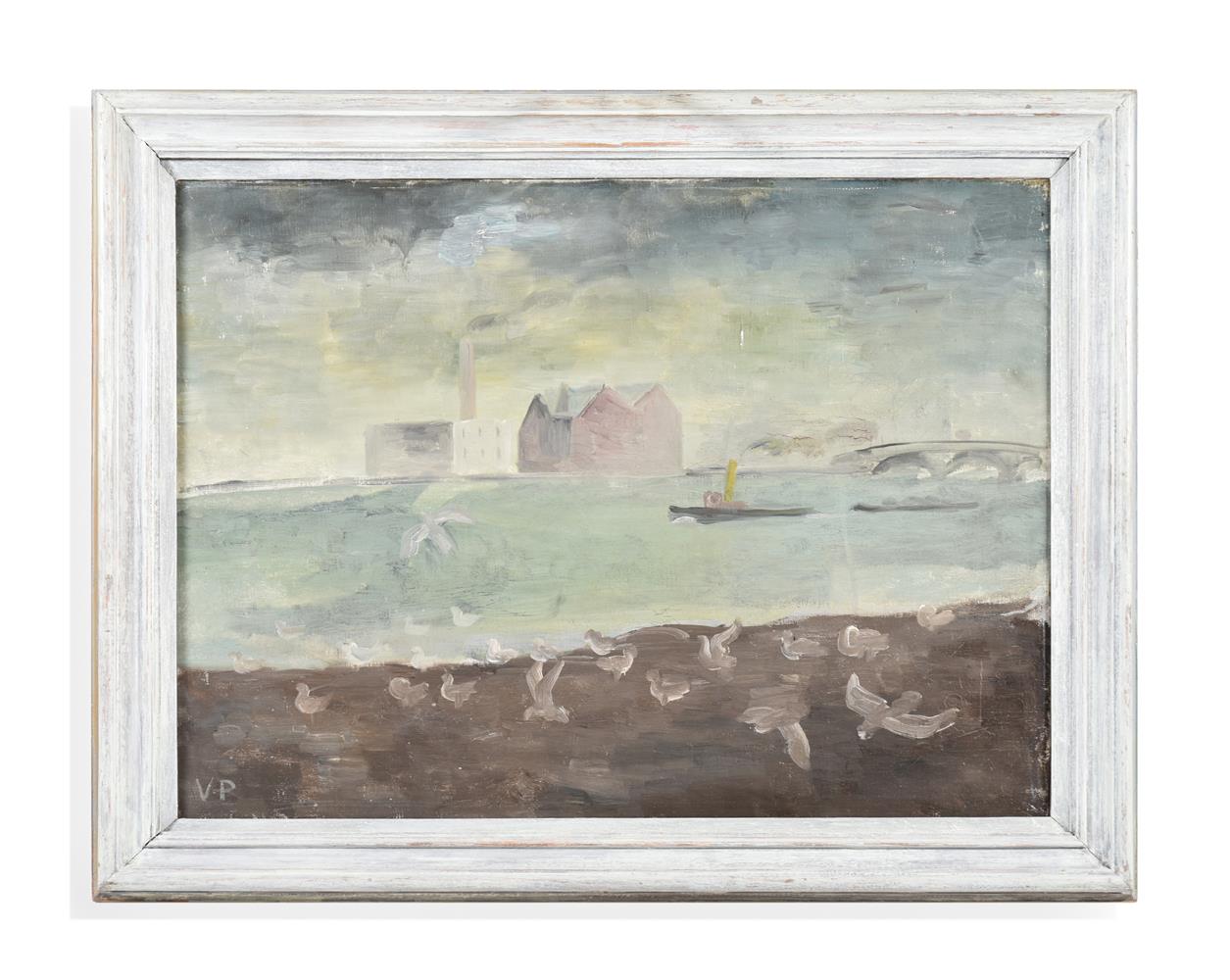

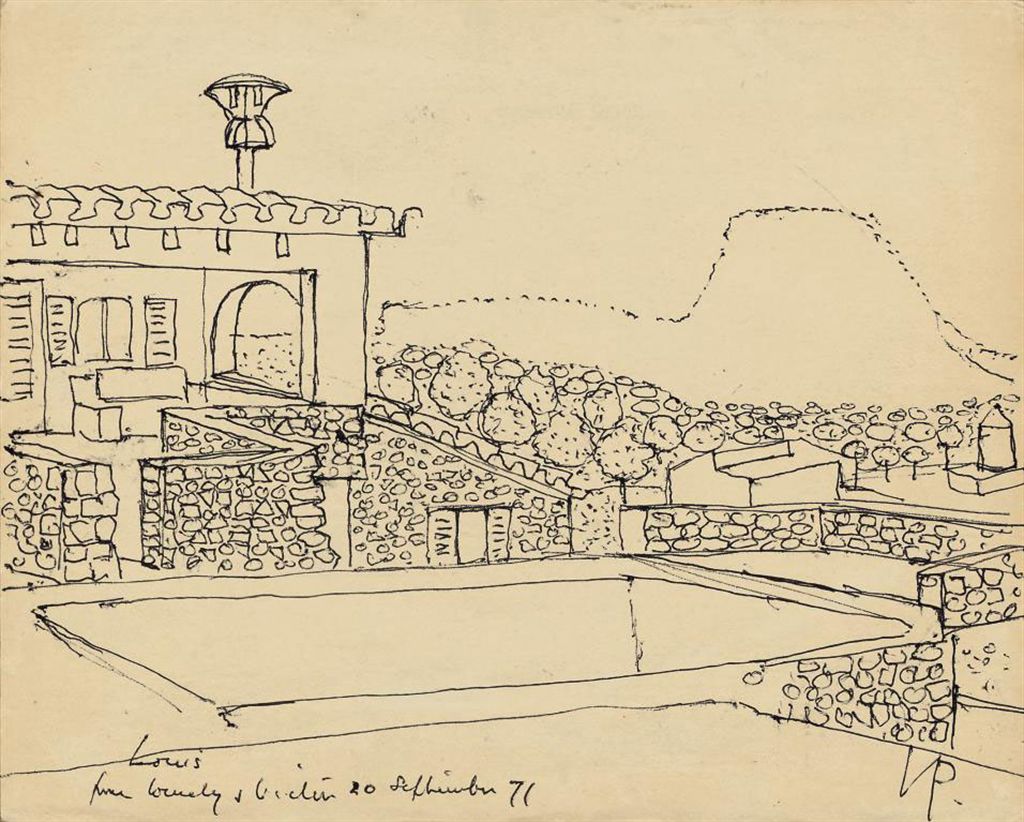


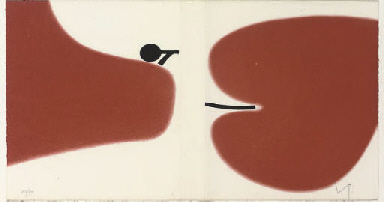
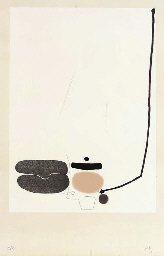
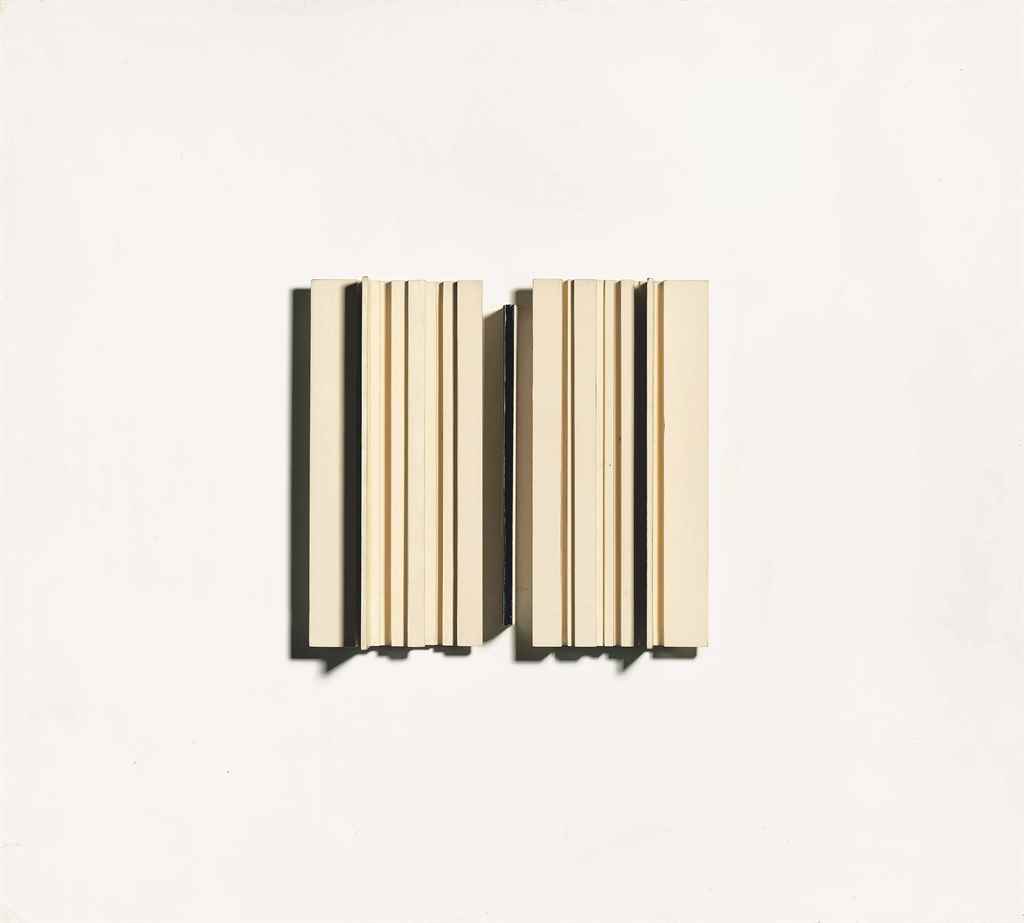
.jpg)
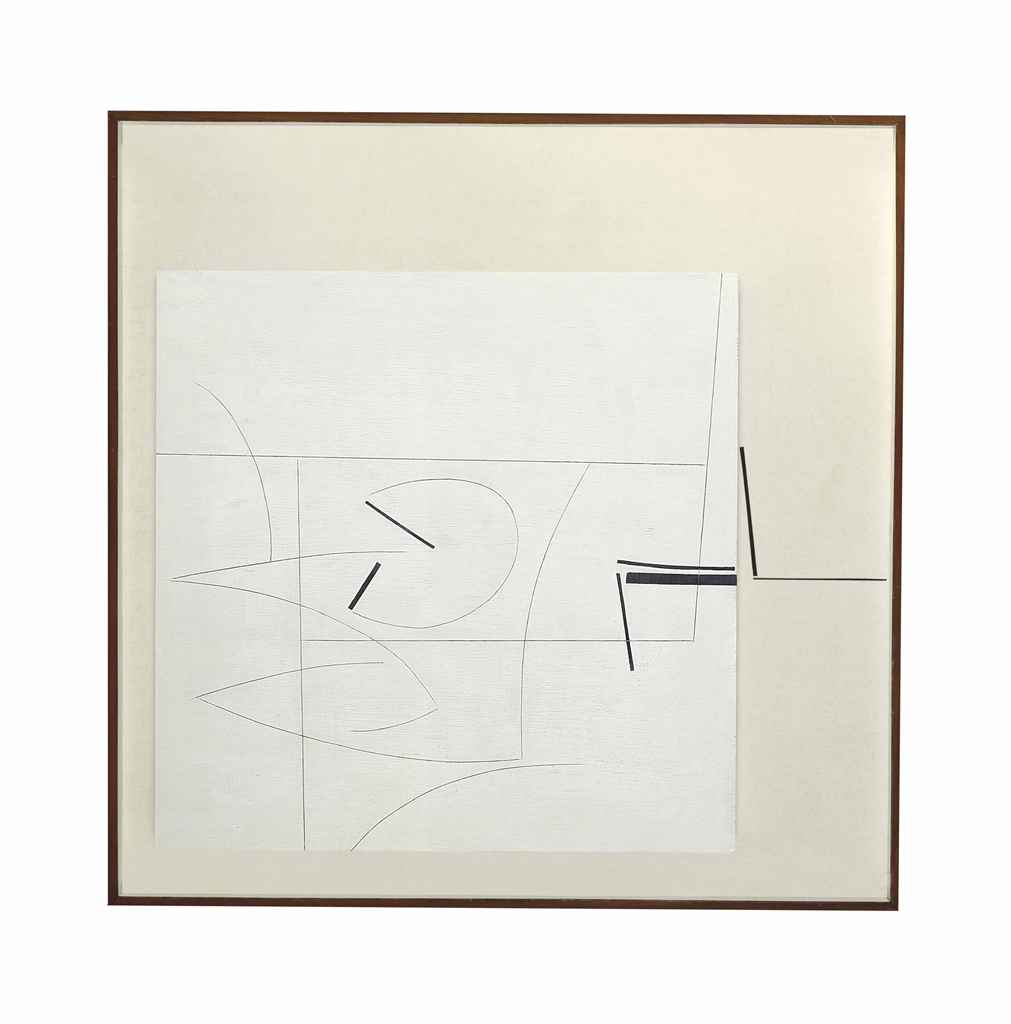
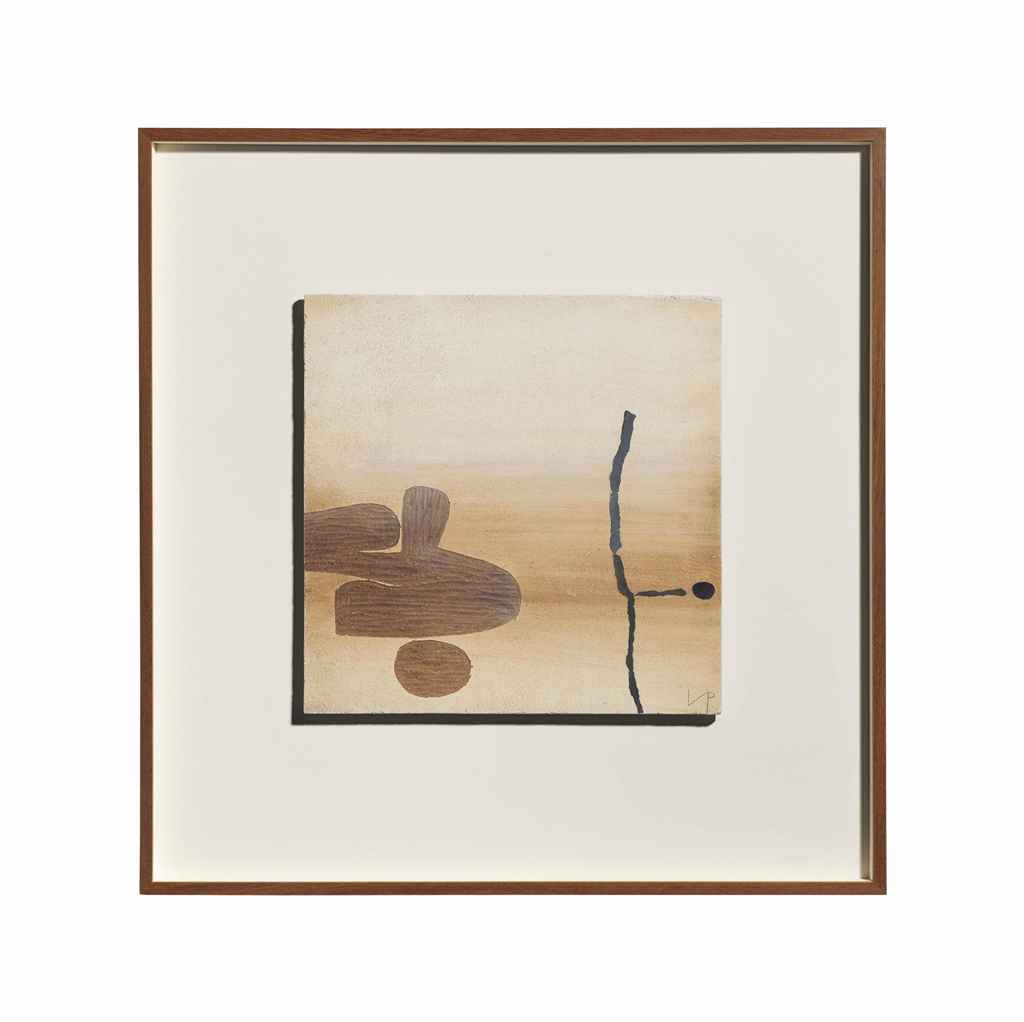
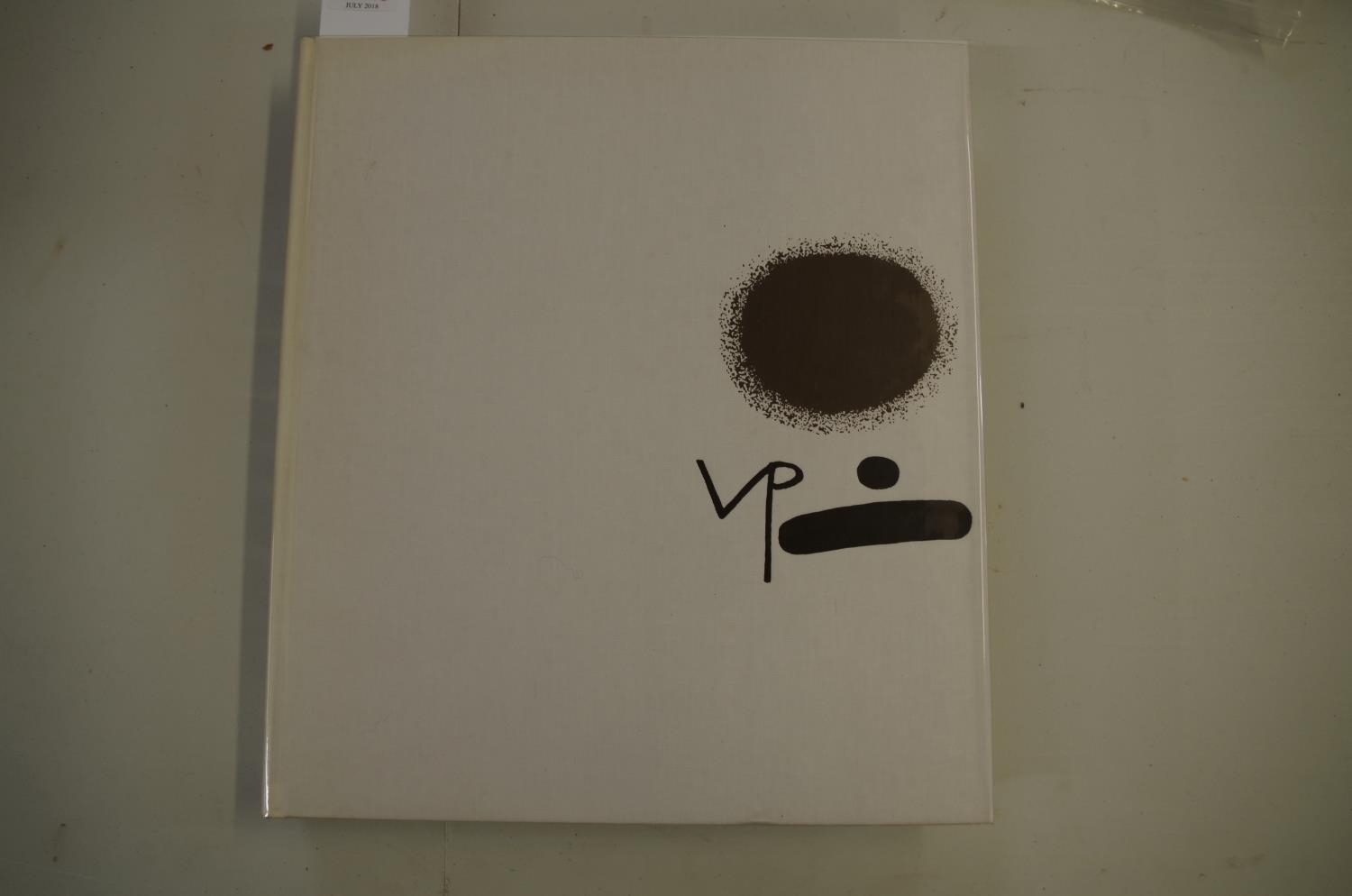


Testen Sie LotSearch und seine Premium-Features 7 Tage - ohne Kosten!
Lassen Sie sich automatisch über neue Objekte in kommenden Auktionen benachrichtigen.
Suchauftrag anlegen